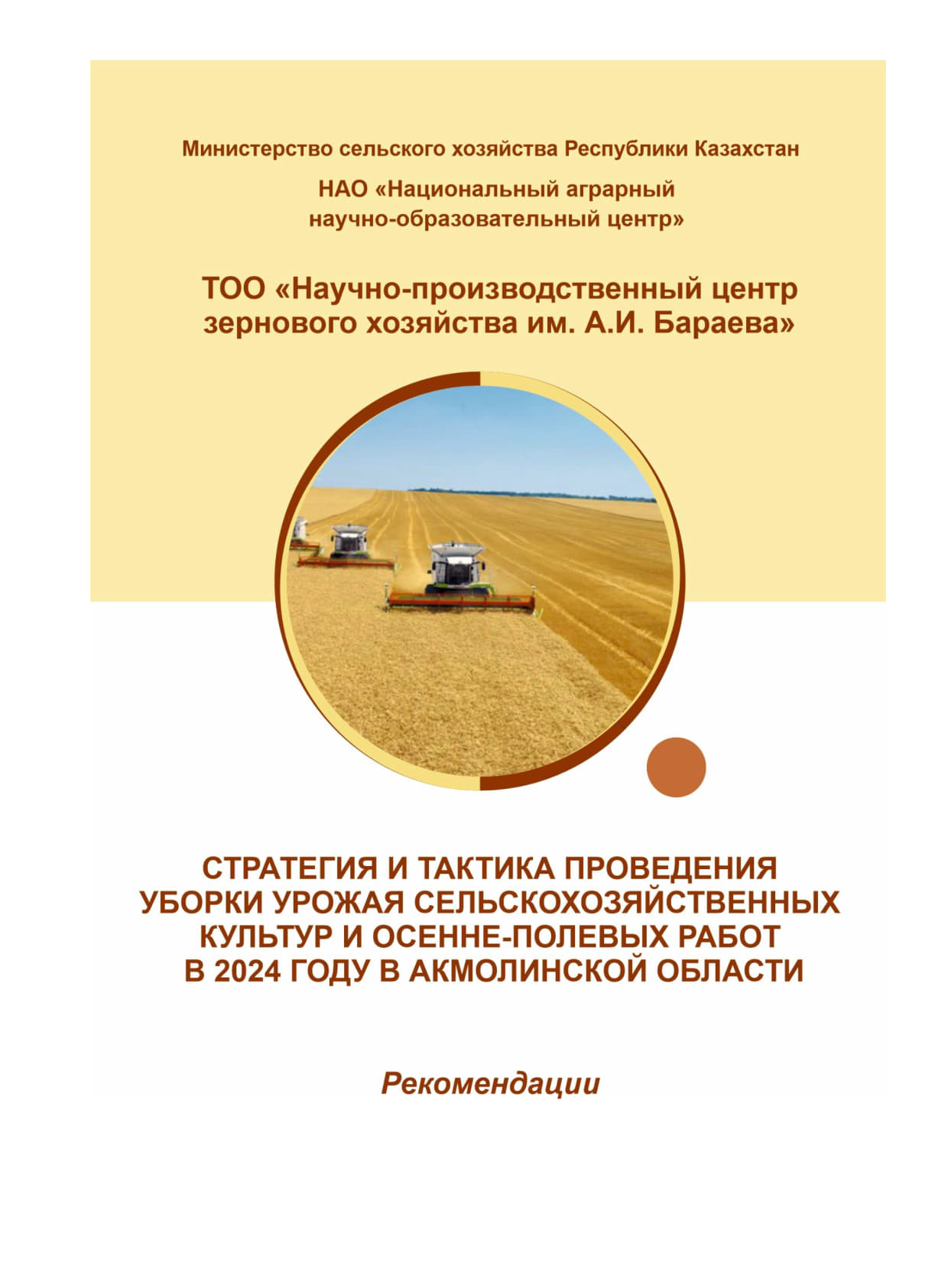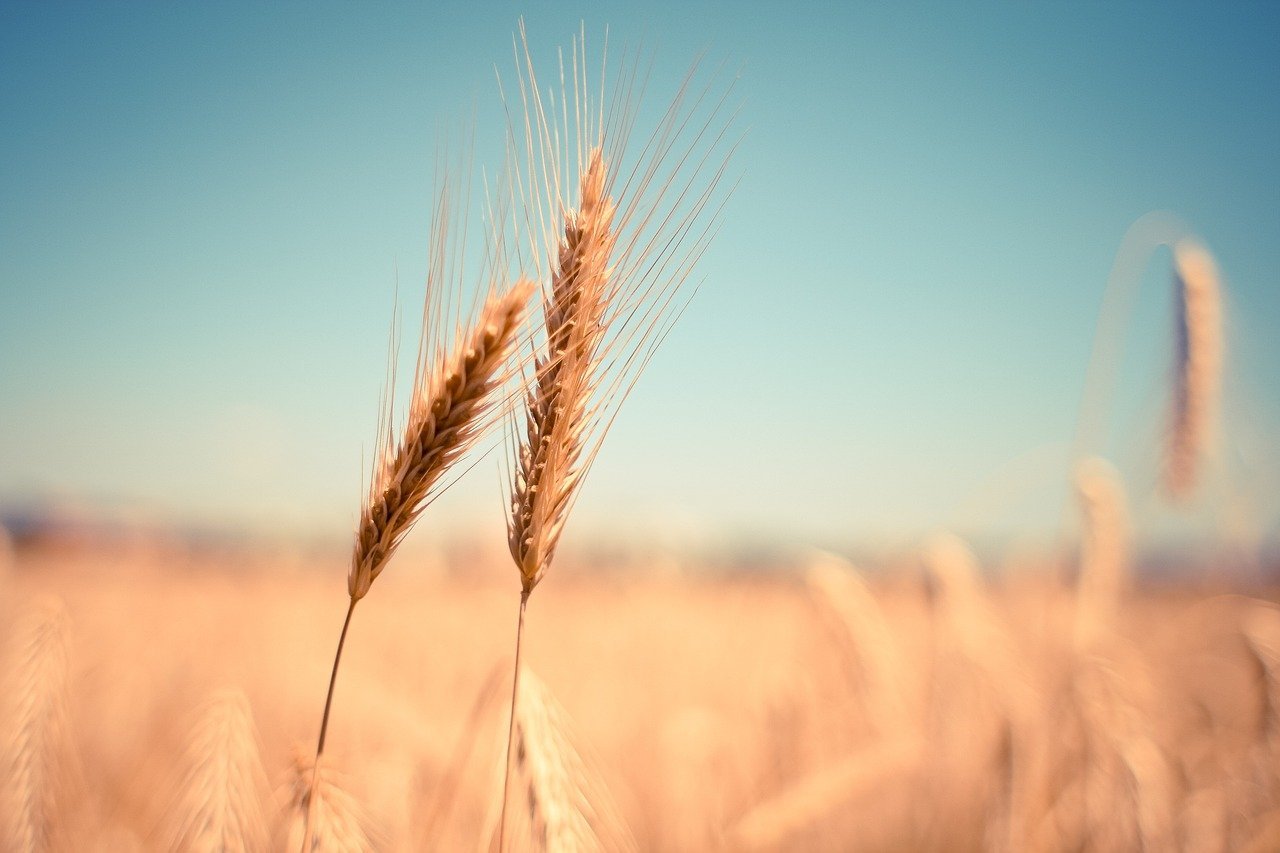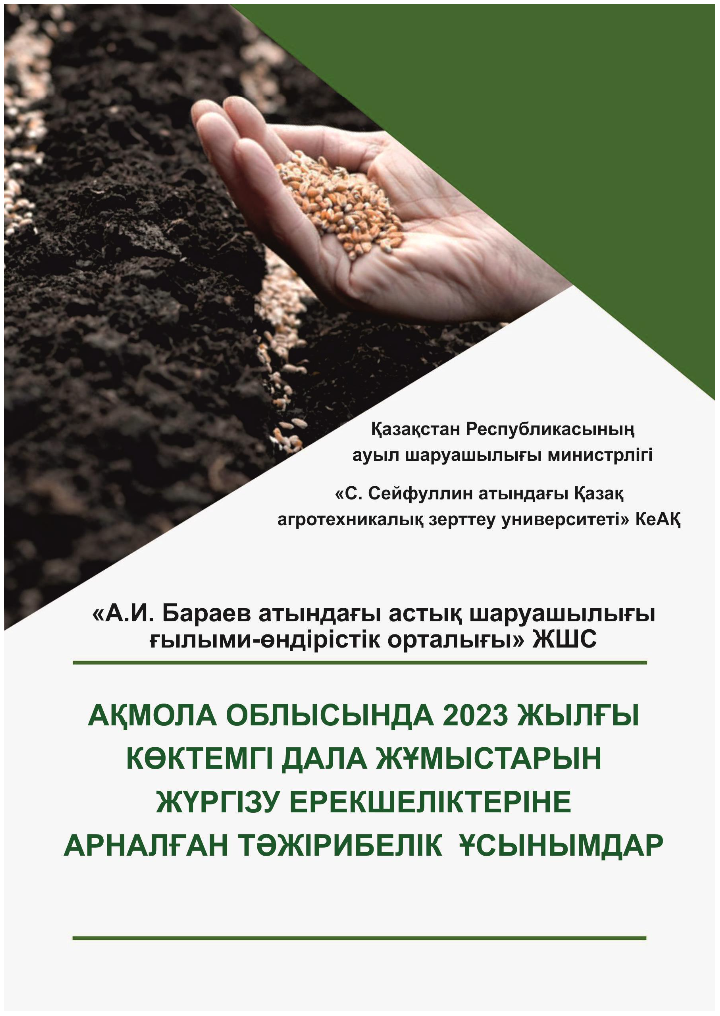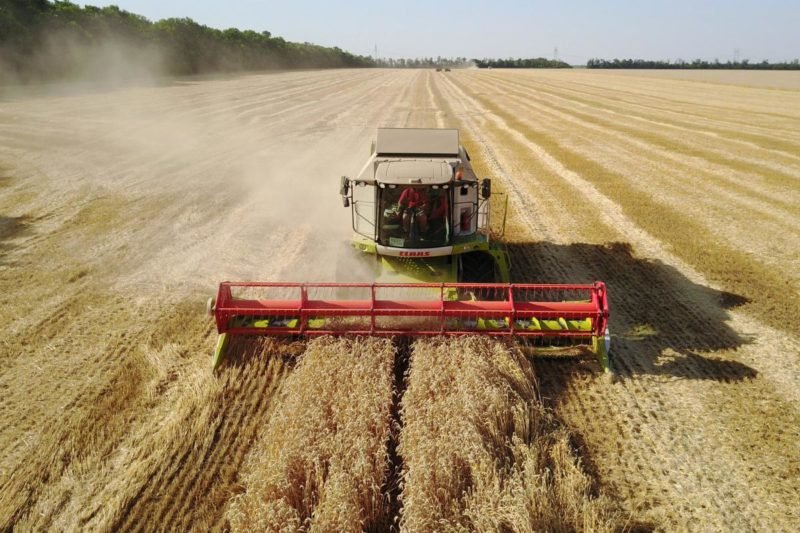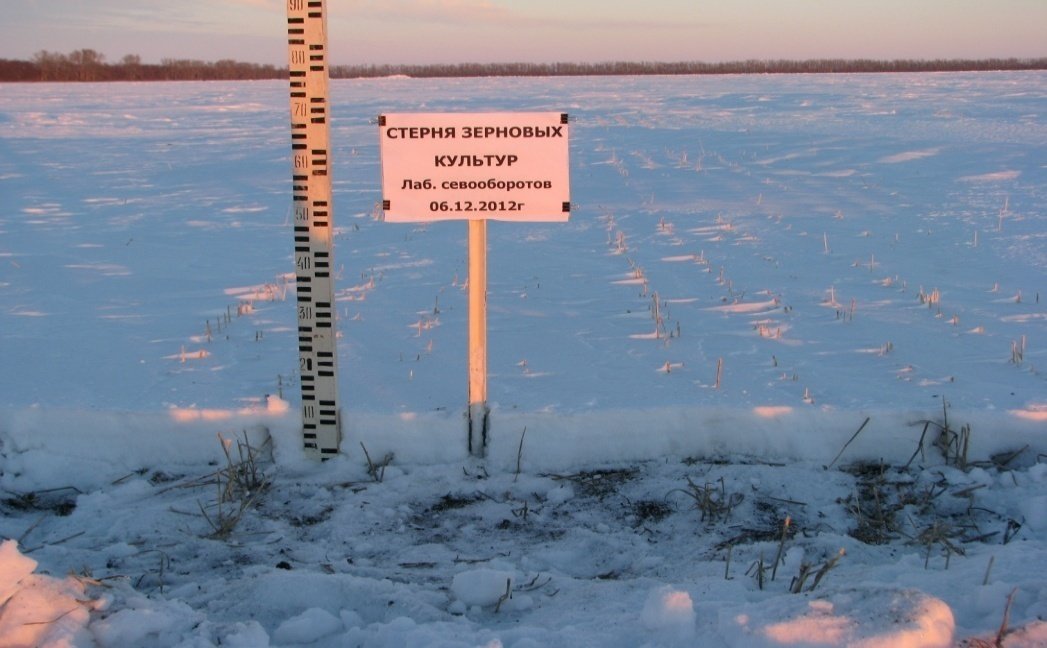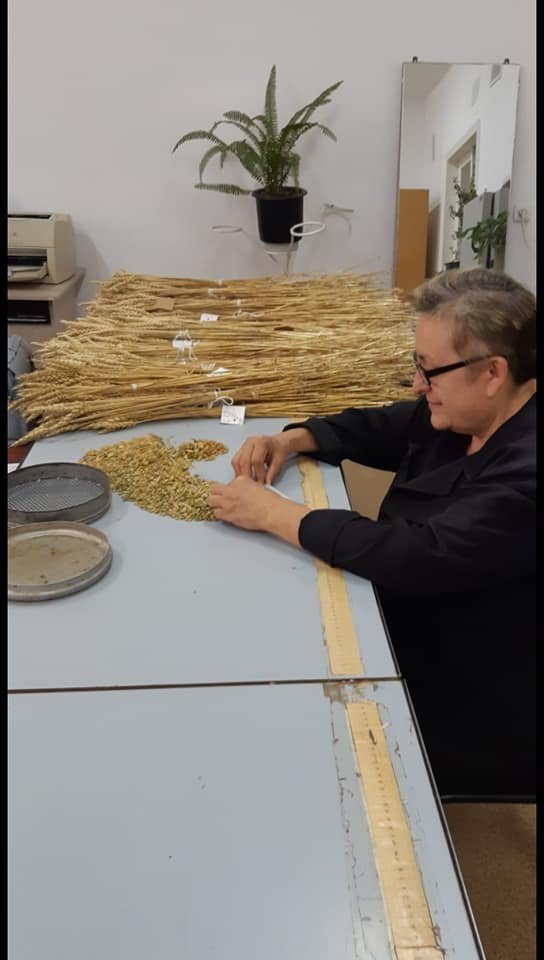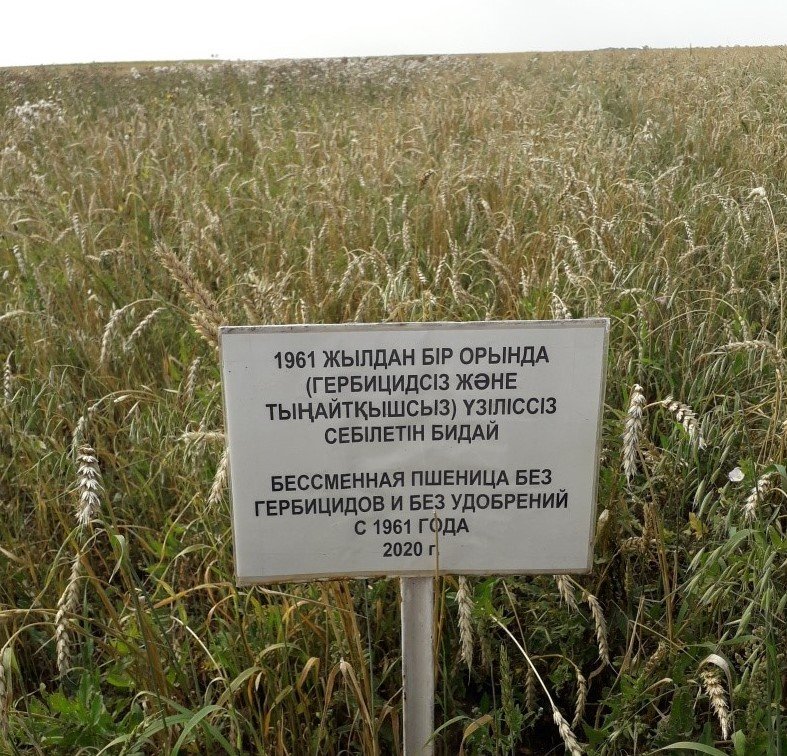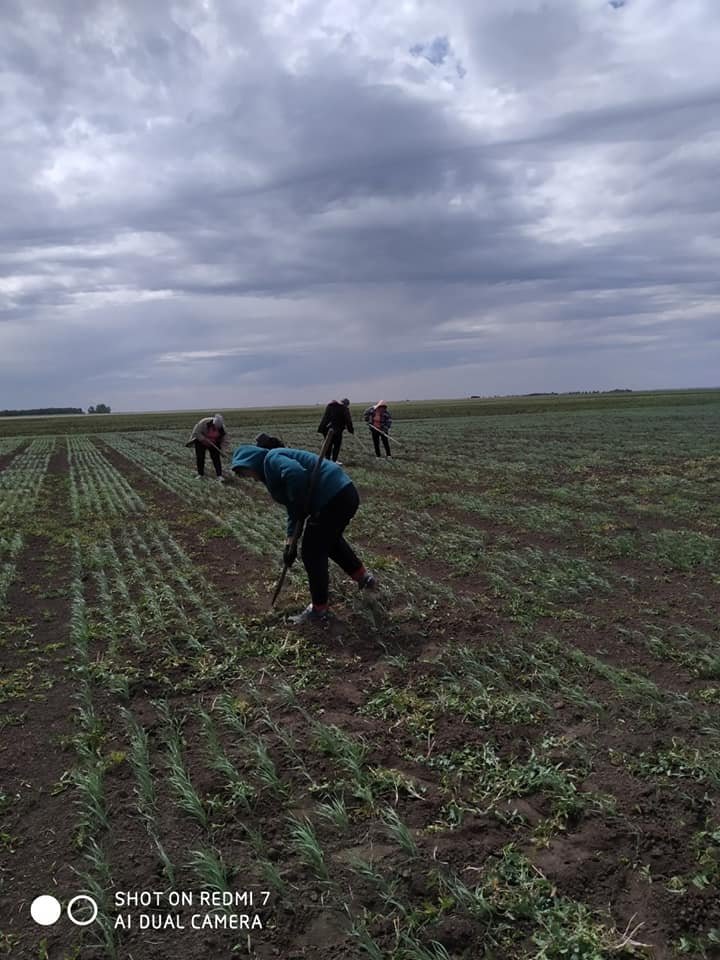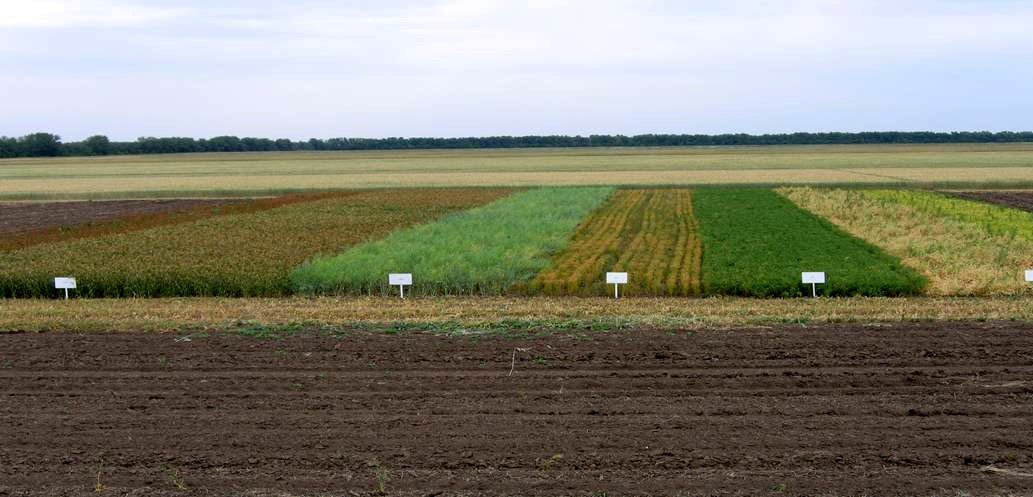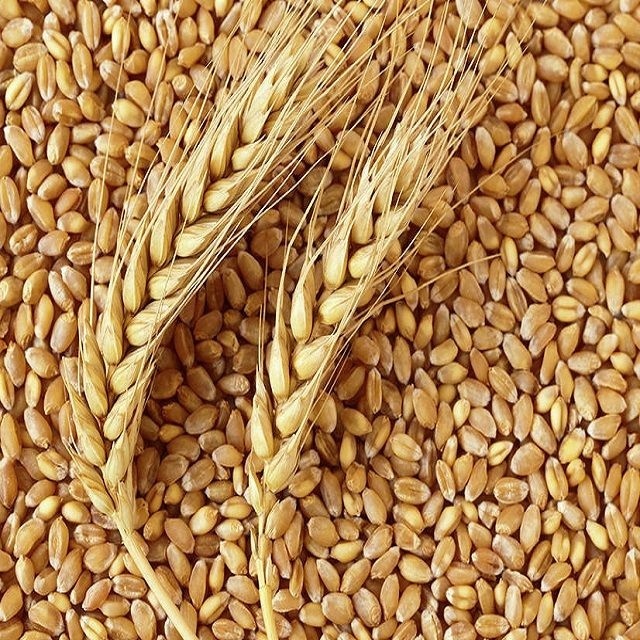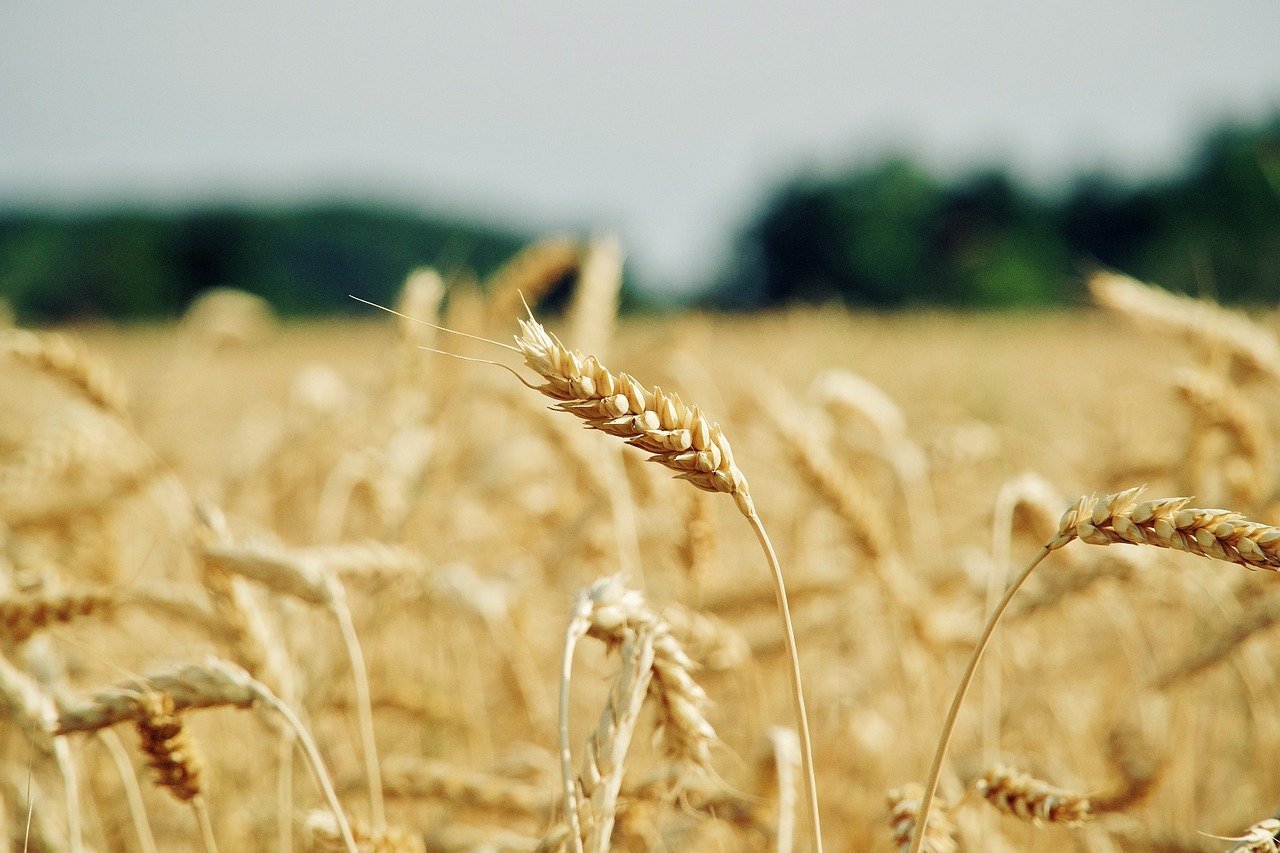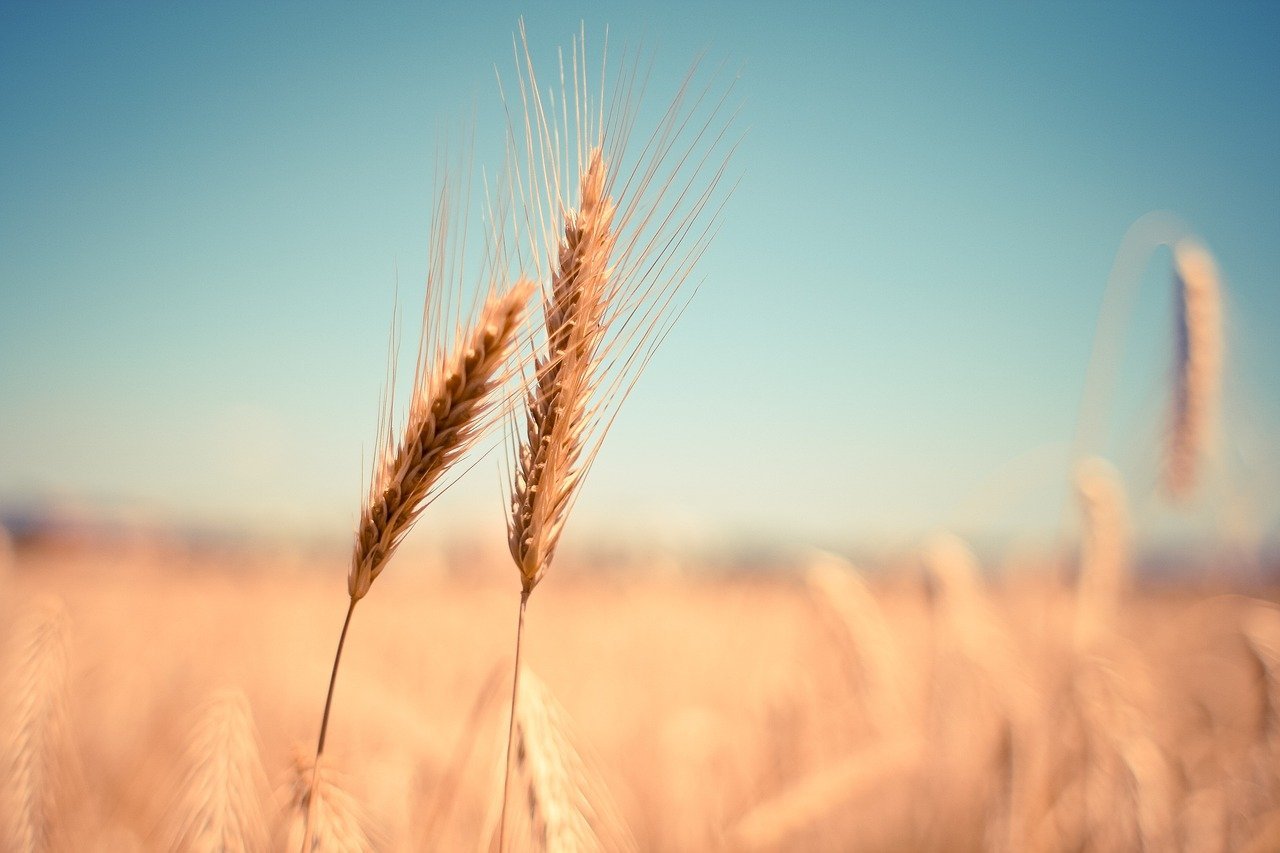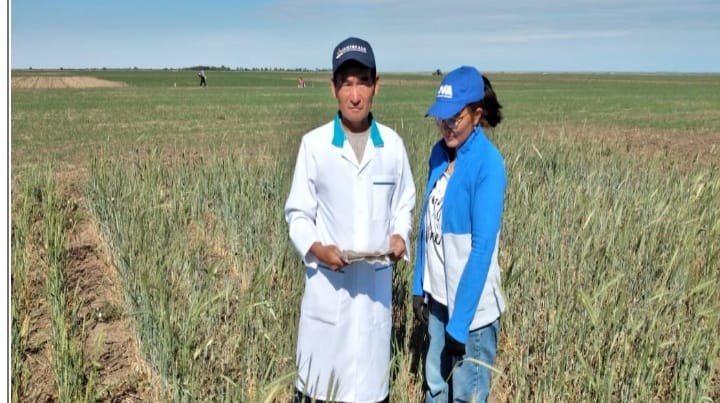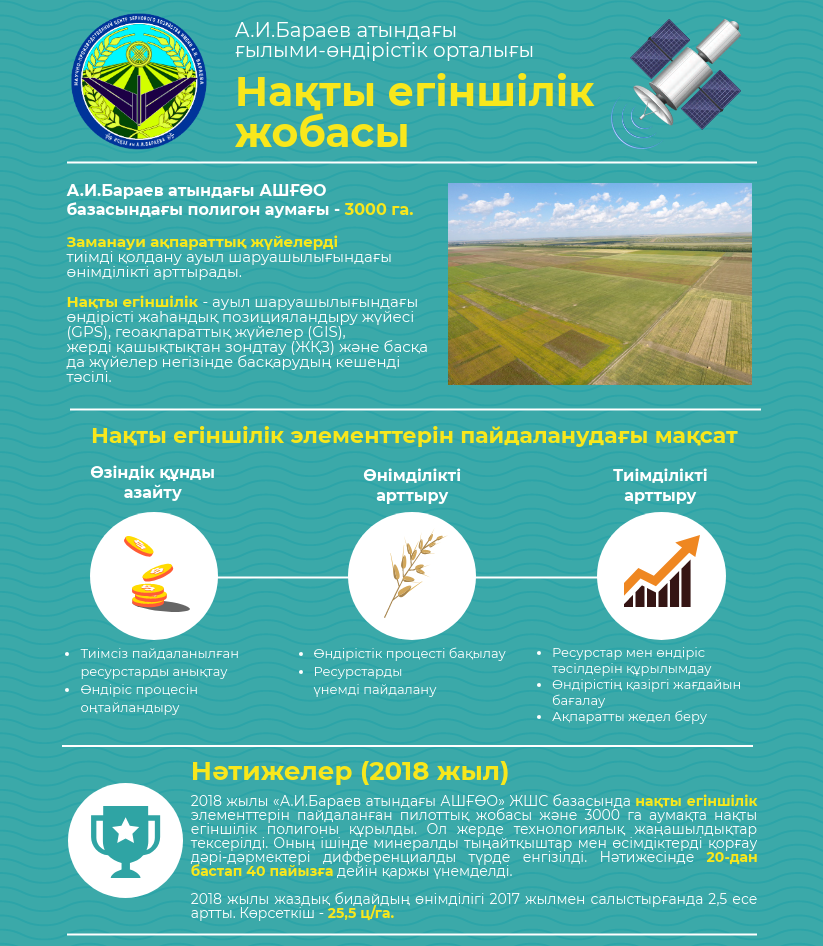60 YEARS TO PERMANENT BARE FALLOW
Главная / News / Main news
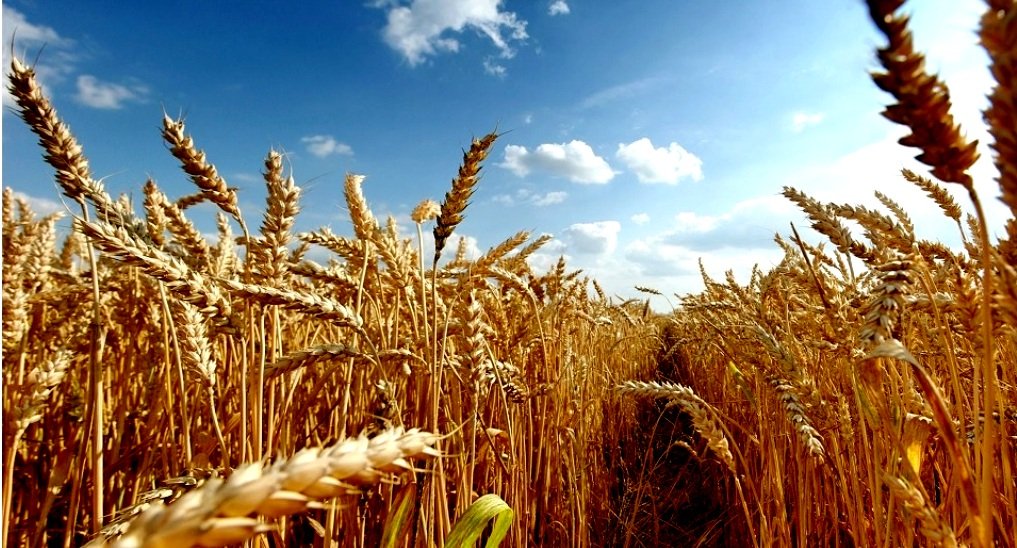
About 300 stationary long-term field experiments are known in the world. Especially long-term field experiments, including with permanent fallowing of the soil, make it possible to carry out the most objective and reliable assessment of humus losses and accumulation of organic matter. For example, the effect of permanent bare fallow on soil fertility is studied in long-term stationary experiments, both in our country and abroad.
The idea of laying a long-term experience with permanent bare fallow was probably implemented for the first time in the world in 1912 by Professor A.G. Doyarenko in the fields of the Petrovsky Agricultural Academy. Also at the Rothamsted Experimental Station (1843) and has a more than 180-year history of conducting long-term field experiments. However, even on it , the experience with permanent bare fallow was laid only in 1959.
The most famous long-term experience in Russia at the TAA named after K.A. Timiryazev was laid in 1912 on sod-podzolic soil with its long permanent fallow.
Also, such perennial long-term field experiments exist in Canada. They are conducted at experimental stations in the provinces of Alberta, Manitoba and Saskatchewan. According to the researchers, the greatest losses of nitrogen and carbon were observed in the first years, then the rate of decomposition of organic matter slowed down somewhat. However, over the period from 12 to 26 years, the soils of Canada lost about a quarter of all nitrogen and 1/5 of carbon from the initial content of these elements in virgin soil and confirm this position with great certainty..
And in Kazakhstan, the laying of long-term stationary field experiments on permanent bare fallowing of the soil is carried out only on southern chernozems in Shortandy at the SPC GF named after A. I. Barayev. In 1962, a plot of virgin grass-meadow steppe with an area of 3.5 hectares was plowed. And experiments on permanent bare fallow were laid in 1963 and continues to function to the present (Figure-1).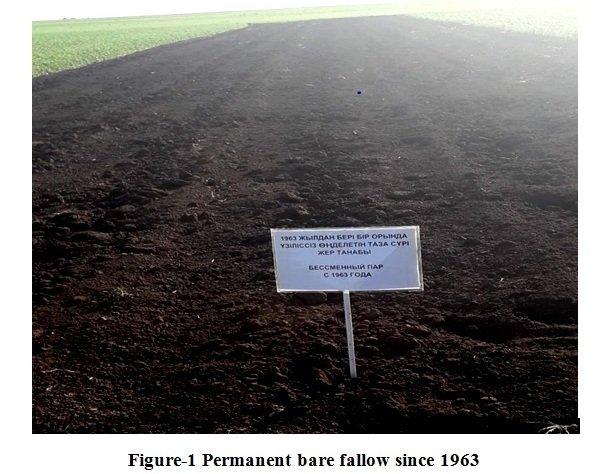
The area of bare fallow from the beginning of the field experiment to the present time is maintained in a relatively clean state. In a permanent fallow, weed control is carried out by means of annual mechanical flat-cutting tillage during the growing season by 4 times to a depth of 10-12 cm and 12-14 cm and deep basic tillage to a depth of 25-27 cm. The initial content of gross humus before the field experiments on crop rotations in 1962 was 3.90% (Table 1)
Table 1- Long-term dynamics of the content of gross humus in a layer of 0-20 cm of soil, %
Crop rotation | 1962 year initial | 1988 year | 2007 year | 2022 year | Total losses from the initial indicator from 1962 to 2022. | |
| +; - | % | |||||
| Permanent spring wheat without herbicides and without fertilizers since 1961 | 3,90 | 3,94 | 3,93 | 3,97 | +0,07 | 1,79 |
| Permanent bare fallow since 1963 | 3,90 | 3,40 | 2,71 | 2,59 | -1,31 | 33,55 |
The table shows that in a long stationary experiment, for more than 60 years on a permanent bare fallow, the content of gross humus in the soil layer of 0-20 cm significantly decreased from the initial indicator. Under the permanent bare fallow, the initial content of gross humus was 3.90%, and after 60 years it decreased to 2.59% or from the initial indicator, the total losses showed 33.55%.
Permanent cultivation of spring wheat, without herbicides and without fertilizers, leads to clogging of crops and to additional accumulation of organic matter in the soil due to the mass of weed vegetation. The initial content of gross humus is 3.90%, and after more than 60 years it became 3.97% or rose by 1.79%, that is, this value is within the measurement error. The humus content has not decreased for a long time and is in its original state.
The main reasons for the decrease in the content of gross humus in chernozem soils during permanent fallowing of the soil are frequent fallowing and intensive mechanical treatment of the soil and less intake of organic matter. As a result, not only weeds, but also all plant residues are destroyed in bare fallow, and organic matter is mineralized without compensation for the lost humus over the years of fallowing. Also in the fallow fields there is an absence or the least intake of straw and plant residues, the absence of the return of nutrients consumed by the crops of cultivated crops and annual wind and water erosion of the soil, which lead to a decrease in humus in this variant.
Conclusions
In Kazakhstan, in the Akmola region on the southern chernozem, unique stationary experiments on permanent bare fallowing of the soil were laid, which were laid in 1963 and continues to function to the present day and should exist as long as agricultural science exists.
On permanent bare fallow, there is a significant decrease in the content of gross humus from the initial indicator and the total losses amounted to 33.55%. The use of long-term mechanical flat-cutting tillage contributes not only to the active mineralization of organic matter, but also to a decrease in the content of gross humus in the soil.
Long-term field experiments provide dynamic monitoring of humus, the content and circulation of nutrients, especially NRK, as well as soil contamination with heavy metals, etc. In the conditions of agricultural production, the farmer must preserve all these and other indicators to obtain high yields of agricultural crops.
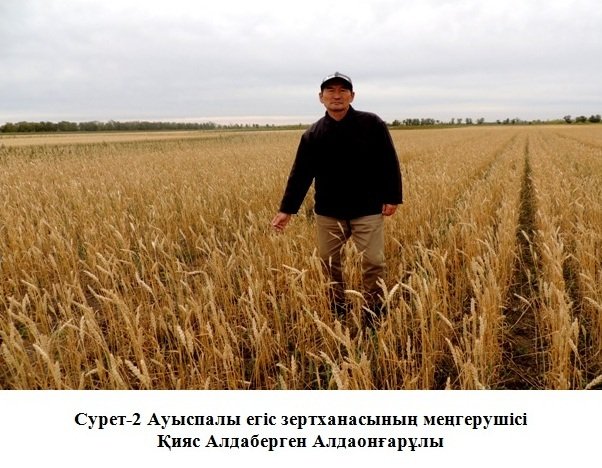
Author of a scientific article
Head of the laboratory of crop rotations of Kiyas Aldabergen Aldaongaruly
